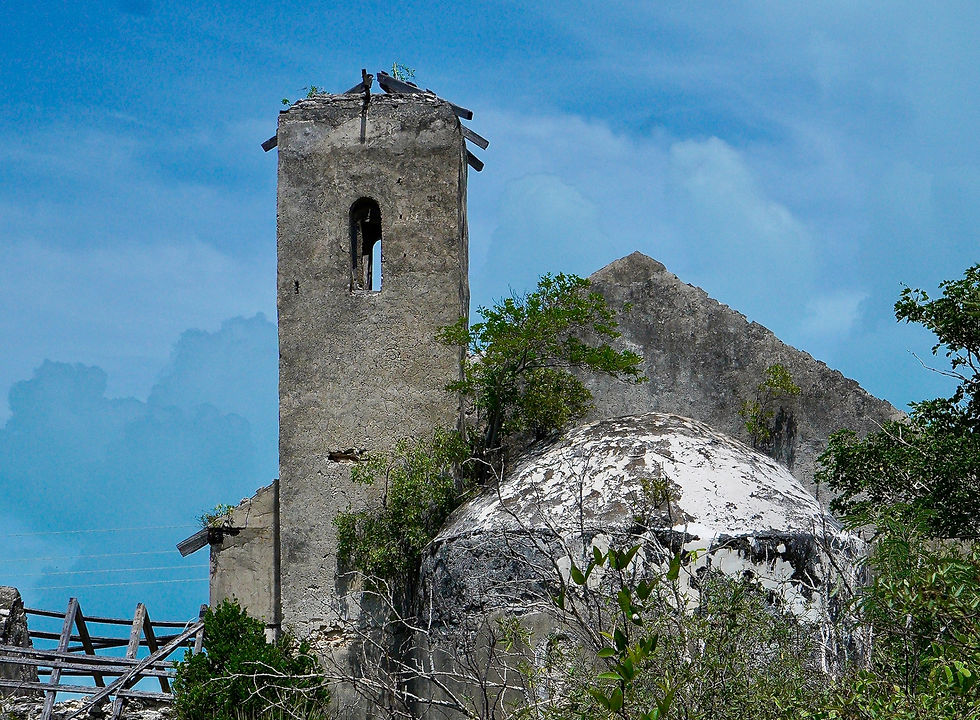Title
Settlement
Text
Land Grant Number
Acres
Date
Text
Text
Text
Give a brief description of the inhabitant. The man. The legend. Do we know any significant details about these guys? If yes, great! Include that here. If not, then this can just be ignored.

Henry Glenton
Settlement
Glintons & Burnt Ground
Grants
D-153 (80 acres, 10 Jul 1792), D-156 (20 acres, 30 Jan 1790), D-83 (320 acres, 13 June 1789)
Henry Glenton. Origin: Loyalist.
Mr. Glenton was a Loyalist planter from New York who arrived on the shores of Abaco in 1783 (possibly when the Bahamas were still a Spanish possession). In 1784, he advertised in the Bahamas Gazette a plantation with house and outbuilding for sale near Carlton, Abaco. He appears to have been in the shipping business, as he reported in a 1784 letter to the editor the sale of his schooner, Charlotte, at Charlestown, South Carolina.
In 1785 he was appointed Deputy Provost Marshall of the Bahama Islands. On 17 December 1795, he married Amelia Newton, daughter of Captain Benjamin Newton (an Old Inhabitant from New Providence). He received several land grants on Long Island—the largest was 320 acres on 13 June 1789 in the current Glintons settlement. On 10 July 1792, he received 80 acres in the Burnt Ground area, and he had already received an extra 20 acres on 30 January 1790. Interestingly, this area had several Newton land holdings—presumably belonging to the family of his wife; very likely this is how he selected Long Island. He was appointed ensign of a company of militia on Long Island 24 January 1797 and was also a Justice of the Peace on Long Island.
On 6 August 1789, Glenton advertised in the Bahamas Gazette for the return of a mulatto man named Tom, who left in his master’s boat with a small mast and sail—after having stolen his master’s brass-barreled fowling piece, a “negro’s gun,” some “negro provisions and clothes,” a 5-gallon keg, and two pots. On 8 December 1789, Glenton offered a reward of ten pounds for the following negroes: Sampson, Dunce, London, and a “mulatto fellow named Tom.” Sampson was born in Carolina, Dunce was born in Guinea, and Tom had a speech impediment. They left in a small black boat with no oars. Since this was Glenton’s second runaway slave notice, it is easy to imagine that he was not regarded as a kindly master.
Glenton’s will was dated 14 February1809 and left all his possessions to his wife, Amelia, who was the daughter of Long Island neighbor Benjamin Newton. He died three days later and was buried in the graveyard adjoining St. Matthew’s Church, Nassau. In the slave register of 1822, there is an affidavit of Amelia Glenton, who is listed as a widow living in Trinidad, who claimed she had only 1 remaining slave on Long Island.
The Parrish Manuscripts note that the name is sometimes spelled “Glinton” in official records, and today Long Islanders use the spellings interchangeably.
References: HB App. E, LDS, Parrish



